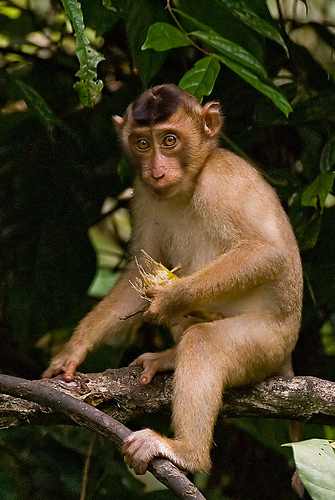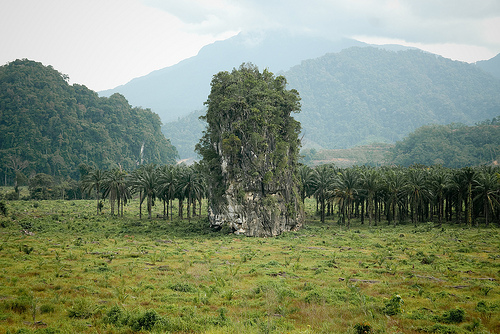QUESTION
where did malaria come from?
ANSWER
Malaria is a disease caused by a single-celled parasite called Plasmodium. There are many species of Plasmodium, which infect many other animals as well as humans. The types of malaria which infect humans probably evolved from similar Plasmodium species in monkeys and apes; for example, P. vivax is closely related to several species of malaria that infect macaque monkeys in south-east Asia, while P. falciparum, the most severe and deadly kind of malaria, probably evolved from similar infections in chimpanzees and gorillas in central Africa. This transition from other primates to humans occurred many thousands of years ago; further back in time, the types of Plasmodium which infect mammals (rodents can also be infected with Plasmodium) are thought to have jumped over from Plasmodium species which infect birds and reptiles. Even before that, Plasmodium itself seems to have evolved from other types of blood-borne parasites which infect birds and reptiles.

